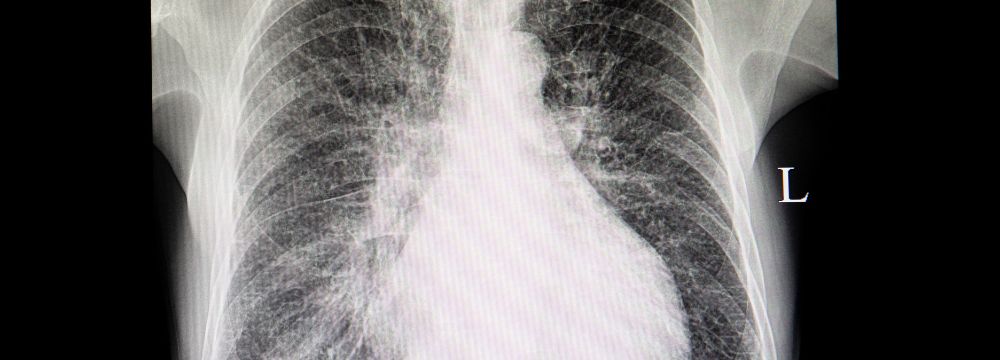
You’ve undoubtedly had a blood pressure reading at virtually every doctor’s visit in memory. There’s good reason for this. As it is scientifically known, hypertension is among the most common metabolic diseases affecting American adults. It occurs when the pressure of the blood flowing through the arteries is elevated, pushing against the arterial walls. When caught and managed early, treatment can slow or prevent the onset of severe cardiovascular diseases. But you’ll probably notice that your blood pressure reading differs within a few days or even over the course of the same day. This is perfectly normal. We all have fluctuations in blood pressure caused by emotions, hormonal surges, physical exercise, or stress.
Further, it’s important to remember that the reading taken at your doctor’s office is probably somewhat, if not significantly, different from what you would see when relaxing at home.
So What Use Is a Blood Pressure Test?
Typically, we will discount a single blood pressure reading because there are too many variables to confound an accurate diagnosis of hypertension. Instead, we use a trend in your blood pressure to help us make that decision. In other words, if you are seeing us every few months, and your blood pressure is steadily rising, we may start to suspect an issue. At this point, we may send you home with a blood pressure monitor to take multiple readings over the next few weeks and give us a more accurate understanding of your actual baseline blood pressure.
However, we also use the blood pressure reading in a way few people have heard. Known as pulse pressure, this measures the difference between the upper or systolic and lower or diastolic pressure readings.
To dig a little deeper into the importance of the purpose of pulse pressure, we need to understand exactly what blood pressure means. When your heart beats, it forces blood into the arteries that progressively enter smaller blood vessel branches, eventually feeding every cell in the body with life-sustaining oxygen. As you can imagine, that creates quite a bit of pressure. To accommodate this pressure, the walls of the arteries bow out. This is the point at which we measure systolic blood pressure, the maximum pressure placed on the arterial walls during the heartbeat. However, there is also a downtime between beats, and the diastolic number tells us the pressure within the arteries at that low point. You may think that blood pressure should be zero when the heart is in between beats, but this is not true. During that pausing moment, the arteries snap back to their initial size like a water balloon being emptied. This squeezing motion creates its own, albeit less powerful, blood pressure.
Why We Measure Pulse Pressure
Pulse pressure is an important measure to understand the health and malleability of elasticity of the arteries. If the difference between the two blood pressure numbers is significant enough, typically over 50, we begin to suspect some hardening of the arteries, which can be a precursor to cardiovascular disease. Using pulse pressure, we can better direct our preventative therapies and/or order new testing to see exactly what’s going on. Further, we use a pulse-pressure trend to see if cardiovascular disease worsens. Like regular blood pressure readings, pulse pressure tells us if the arteries are hardening further over time.
Of course, many risk factors can lead to cardiovascular problems, and this is just one of them. However, it does represent an important measure that patients can follow along side of their cardiologists.
What Causes High Blood Pressure & How Do We Treat It?
High blood pressure can come from additional vascularization often because of excess weight for obesity; it can come from a partially obstructed artery, as is the case in atherosclerosis, or, as mentioned above, it can be due to hardening of the arterial walls that don’t allow for, free movement of blood throughout the body.
The next step is to visit your cardiologist to understand more about high blood pressure or any cardiovascular concerns he may be having. While it may be dispiriting to know that you have hypertension, we have more treatments that can effectively control it and reduce the risk of worsened cardiovascular disease in the future.
For more information on cardiovascular disease, or if you are experiencing any non-emergency heart issues, we encourage you to contact our office and schedule a consultation with one of our cardiologists.








